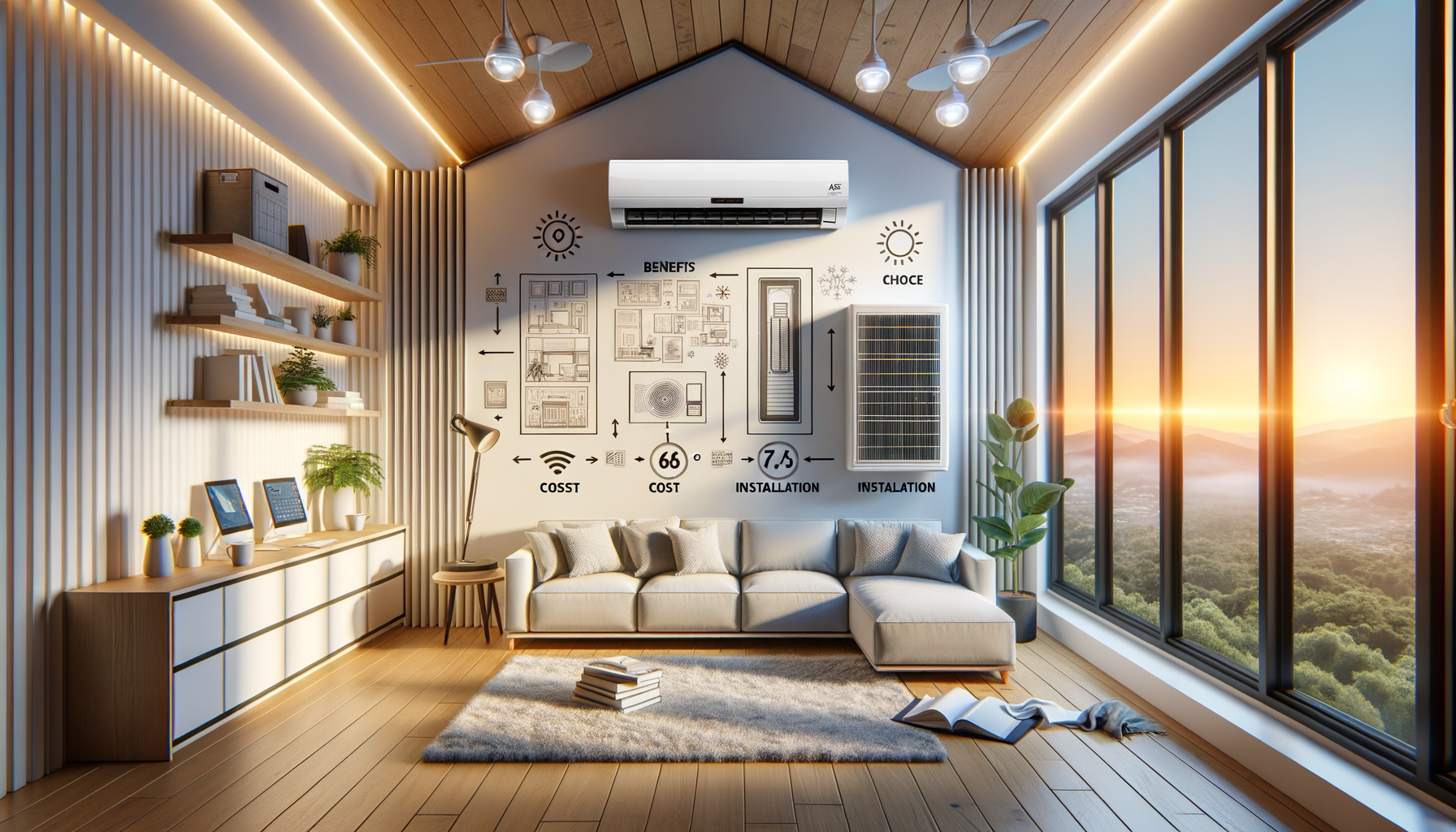
Mini-Split Installation Cost & Rebate Guide 2025
Introduction to Mini-Split Systems
As we move into 2025, mini-split systems are gaining popularity due to their efficiency and flexibility. These systems offer a ductless solution to heating and cooling, making them ideal for both residential and commercial spaces. The relevance of understanding mini-split installation costs and available rebates cannot be overstated, as they directly impact your investment and savings. This guide will walk you through the expected costs, explore federal and state rebates, and provide tips on hiring an EPA-certified installer.
2025 Mini-Split Installation Cost Ranges
When considering a mini-split system, understanding the cost is crucial. In 2025, the installation costs for mini-split systems can vary widely based on several factors. Typically, the cost ranges from $2,000 to $8,000, depending on the system’s size and complexity. Factors influencing these costs include:
- Number of Zones: More zones generally mean higher costs due to increased equipment and labor.
- System Capacity: Higher capacity systems are more expensive but necessary for larger spaces.
- Installation Complexity: Difficult installations, such as those requiring structural modifications, can increase costs.
It’s essential to get multiple quotes from contractors to ensure competitive pricing. Additionally, some companies offer low-rate financing options, making it easier to manage installation costs over time.
Federal & State Ductless Heat-Pump Rebates
To encourage energy efficiency, both federal and state governments offer rebates for installing ductless heat-pumps. These incentives can significantly reduce the upfront costs of your mini-split system. In 2025, you can expect to find rebates ranging from $300 to $1,500, depending on the efficiency of the system and local regulations.
Key points to consider include:
- Federal Incentives: These are usually linked to the system’s energy efficiency rating. Higher ratings often qualify for more substantial rebates.
- State Programs: Each state has different programs, so it’s important to check local resources for specific details.
- Utility Company Rebates: Some utility companies offer additional incentives for installing energy-efficient systems.
Combining these rebates can lead to significant savings, making it more affordable to transition to a ductless system.
How to Hire an EPA-Certified Mini-Split Installer
Hiring an EPA-certified installer ensures that your mini-split system is installed according to industry standards, maximizing efficiency and longevity. Here are steps to guide you in choosing the right professional:
- Verify Certification: Ensure the installer holds a valid EPA certification, which confirms their expertise in handling refrigerants safely.
- Check Experience: An installer with extensive experience in mini-split systems is likely to provide better service.
- Read Reviews: Online reviews and testimonials can offer insights into the installer’s reliability and customer service.
- Request References: Speaking with previous clients can provide a clearer picture of the installer’s capabilities.
By following these steps, you can hire a qualified professional who will help you achieve optimal performance from your mini-split system.
Conclusion: Making the Most of Your Mini-Split Investment
Investing in a mini-split system in 2025 offers numerous benefits, from energy efficiency to flexible climate control. Understanding the installation costs, leveraging available rebates, and hiring a certified installer are crucial steps in maximizing your investment. By taking these factors into account, you can enjoy a comfortable and cost-effective heating and cooling solution for years to come.

